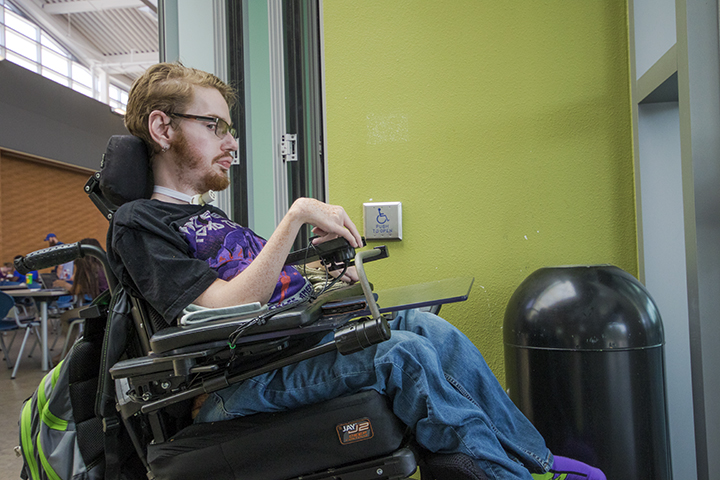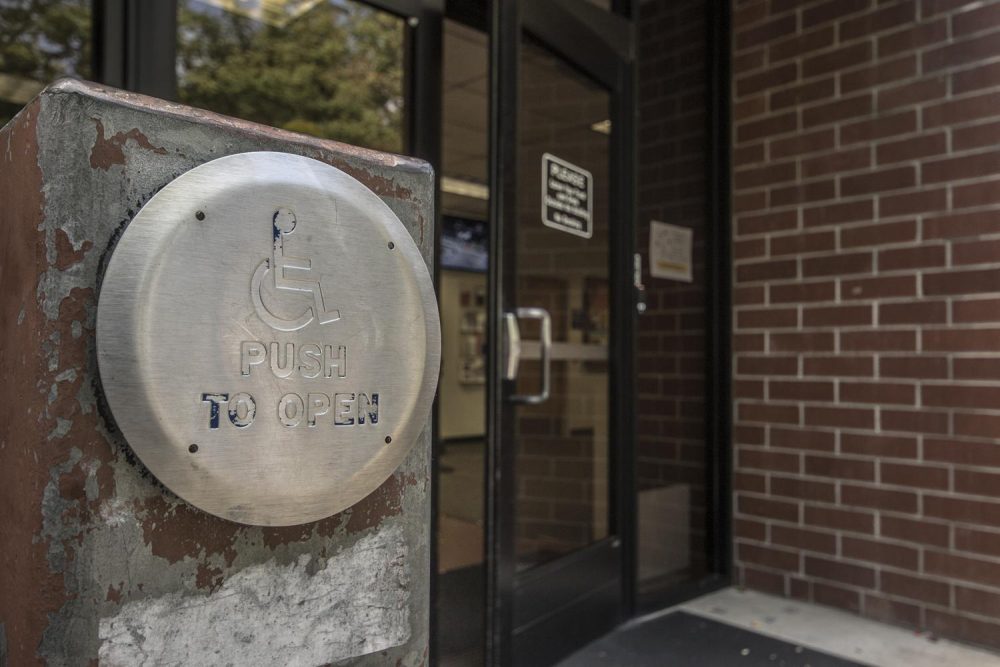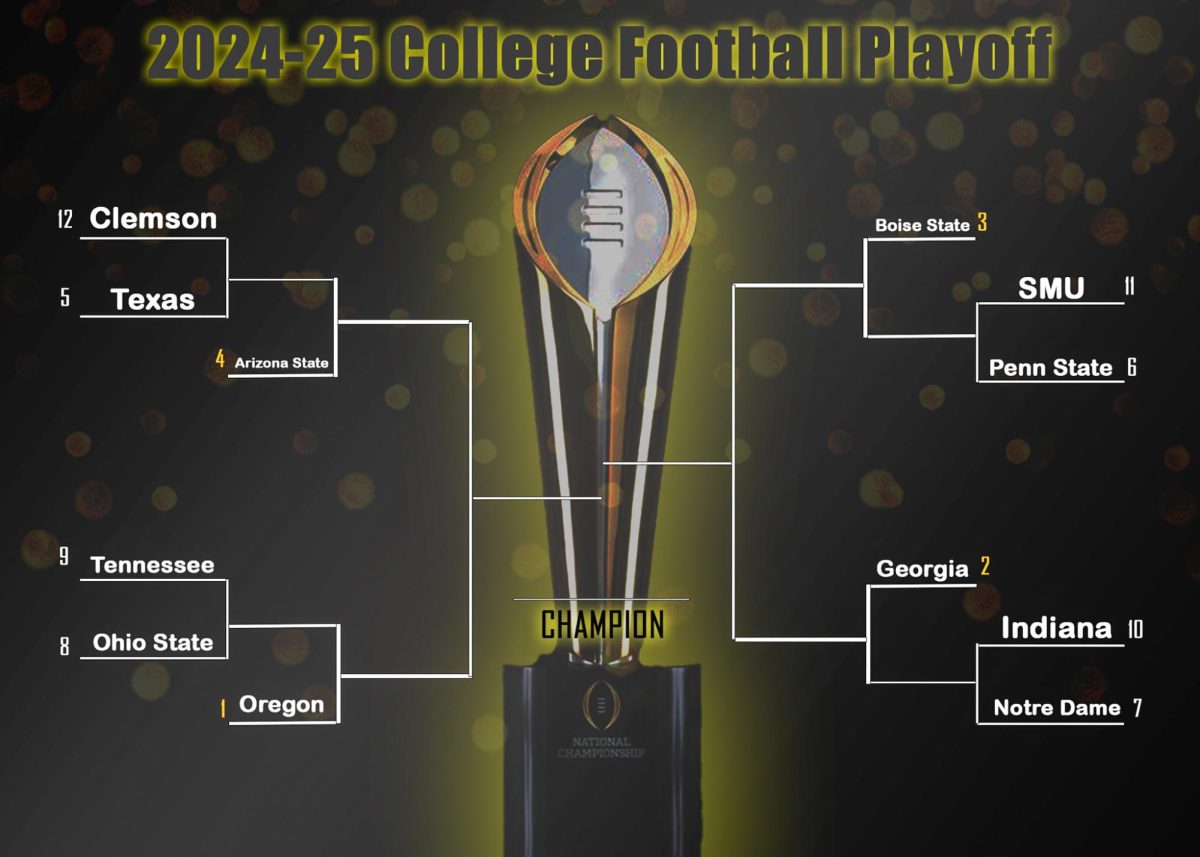American River College needs to do more to expand access for disabled students.
The Americans With Disabilities Act requires public institutions to be accessible to the disabled, but the law is often inadequate.
Despite ADA modifications, getting around campus independently remains challenging for many wheelchair users.
As a lifelong wheelchair user I have dealt with access that ranged from the elaborate to the improvised.
The problem arises because opening a door and navigating a wheelchair simultaneously is next to impossible.
As a result, disabled students are often unable to get to some classrooms and offices without the assistance of an able-bodied peer.
One former statistics instructor, who is now deceased, told me of his student who waited more than an hour in the rain because they were unable to get in the building.
I have heard other similar stories and experienced them firsthand.

The answer to this problem is supposed to be the use of automatic door openers, but poor design decisions makes them inaccessible for many wheelchair users.
The real problem with automatic doors almost always comes down to operating the switch or push plate.
Former ARC student Riz Gross said about campus accessibility, “I remember there being a lot of accessible buttons around for doors, but a lot of them weren’t on. So whenever I went to go use a button it was kind of pointless.”
It is recommended that switch plates be placed between 34 and 48 inches off of the ground. ARC uses the maximum height recommendation throughout the campus.
For myself and other disabled persons who have difficulty using their arms, this is simply too high.
There is a solution to this problem, other institutions use two switches; one placed at the recommended height and another between 14 and 24 inches, which allows them to be operated with a foot pedal.
There are also switch panels that are long enough to be accessed by both hand and foot, but neither solution is used at ARC.
In addition the automatic doors themselves can be difficult to find.
In the newly constructed Student Center, for example, there are only two fully accessible doors that allow for entrance and exit. Both of them were placed discreetly off to the side of the building, off of the main path. Both doors also use low-profile switches that exchanged the traditional blue accessibility symbol for a gray one.
These low-impact switches suit the contemporary design of the building very well, but finding a flat 4” x 4” inch gray panel against a gray facade on a building the size of the Student Center will present a challenge for anyone.
As ARC upgrades its infrastructure and prepares for the future it is important that the campus maintain the highest standards of equal access.
College is hard enough without worrying if you will be able to enter the building your classes are in and disabled students deserve better than to wait around stranded to be rescued by their able-bodied peers.















Christa Ison • Oct 21, 2017 at 1:39 pm
As a student with Cerebral Palsy, I find myself sometimes not being able to go to certain bathrooms because the button to open the doors doesn’t work. In classrooms there are times when I have a very difficult time due to there not being enough room for me to maneuver. I want to know who designed these buildings and can sometime be done to help the over 1,000 students on campus with disabilities? Mr. Bauer is correct that no disabled student have anything to do with the placement of the buttons.
Paul Lowder • Oct 21, 2017 at 1:32 pm
Nathan is right! As a disabled veteran on campus, it’s hard sometimes to get into classrooms, the student center, and bathrooms. I have friends that are unable to use their hands or are in manual chairs that have a hard time getting into doors.
Why can’t the disabled have a seat at any meetings on new buildings on campus? We need real students to sit on committees when new building are being discussed and on the planning committees as well.